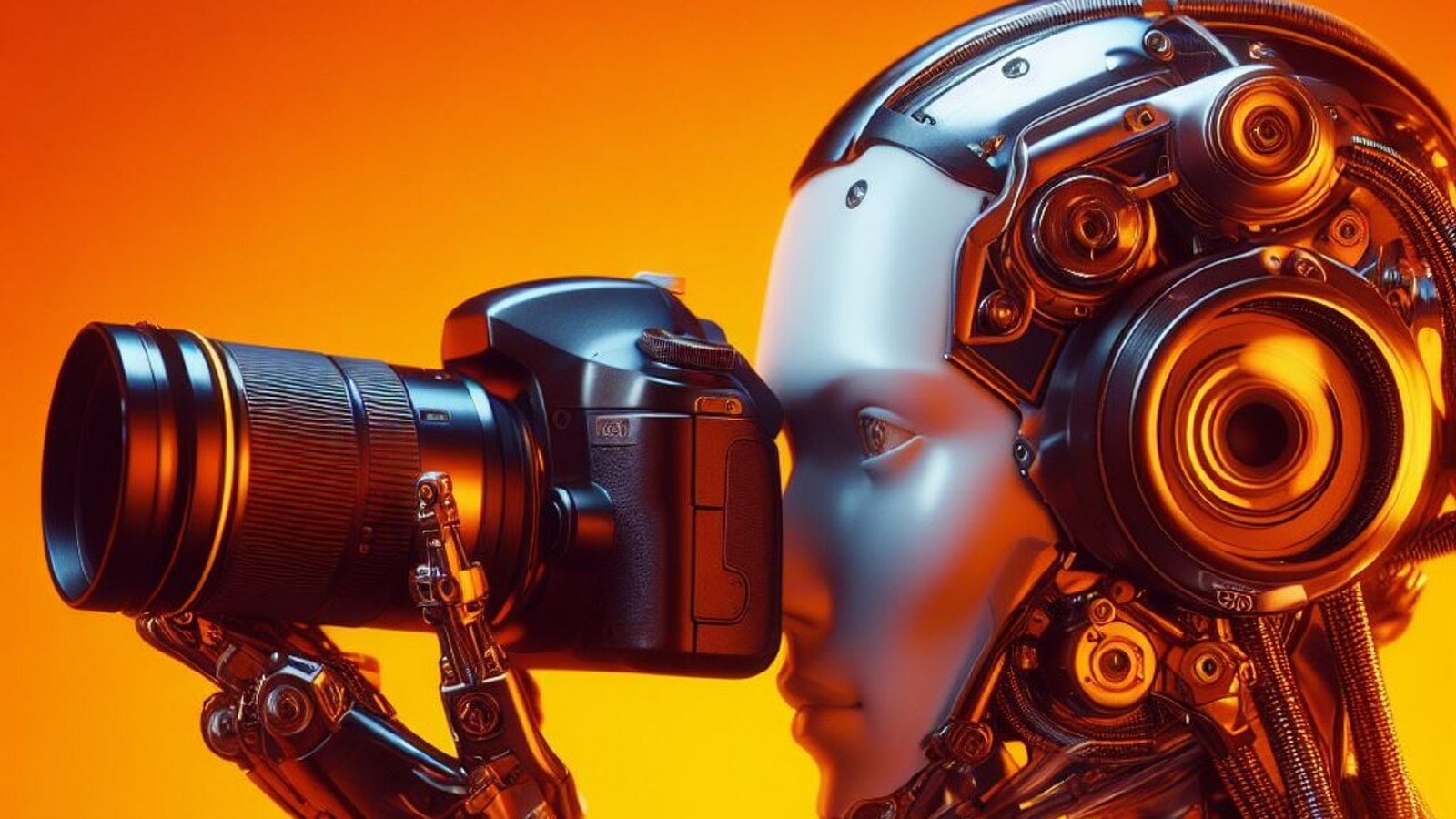
THE ROBOTS are coming! In science fiction that is usually an ominous warning. In the real world, it is a prediction—and a welcome one. The field of robotics has made impressive progress in the past year, as researchers in universities and industry have applied advances in artificial intelligence (AI) to machines. The same technology that enables chatbots like ChatGPT to hold conversations, or systems like DALL-E to create realistic-looking images from text descriptions, can give robots of all kinds a dramatic brain upgrade.
As a result, robots are becoming more capable, easier to program and able to explain what they are doing. Investors are piling into robotics startups. OpenAI, the creator of ChatGPT, which gave up on robots a few years ago, has changed its mind and started hiring a new robotics team. When brought to bear upon the physical world, previously disembodied AI now appears to have enormous potential.
Robots can inspire fear. Human beings are trained from birth by Hollywood to be afraid of them—the latest incarnation of the ancient tale of the inventor who loses control of his creation. And even if robots are not literally the murderous machines of the “Terminator” films, they can kill off decent-paying jobs in factories and warehouses. Nevertheless, the latest advances in robotics will bring real and substantial benefits.
One is that new “multimodal” AI models combine understanding of language and vision with data from robotic sensors and actuators. This makes it possible to deal with robots using ordinary words. You can ask a robot what it is able to see or tell it to “pick up the yellow fruit”. Such models in effect grant robots a degree of common sense—in this case, knowing that a nearby banana is a kind of yellow fruit. And like a chatbot, a robot can be told to modify its behaviour simply by changing a text prompt, something that would previously have required elaborate reprogramming.
Another benefit is that the new models enable robots to explain the reasoning behind their actions. That is useful when they behave in unexpected or unwelcome ways. So long as robots’ brains are not inscrutable black boxes, programming and debugging them is fairly straightforward. The new models are also less likely to hallucinate—tech-speak for “make things up”—because their perception is grounded in observations of the world, and they aim to ensure that cognitive and physical reality match. That makes them safer and more reliable.
And one more benefit is that robots are getting better at learning quickly through imitation and at generalising from one skill to another. This opens the door for robots to move out of factories and warehouses. Several companies and research groups are using the latest AI models to build humanoid robots, on the basis that most of the world, unlike an assembly line, has been designed for people to move around in. Labour markets across the rich world are tight—and getting tighter as societies age. As well as boosting productivity while workforces shrink, more capable robots could cook and clean, and care for the aged and the needy.
Advanced economies will need more automation if they are to maintain their standards of living. South Korea, Japan and China are all in the top five countries with the most robots for each manufacturing worker. It is no coincidence that they are also ageing rapidly. Without robots to help out, more people may have to work longer and retire later. In the coming years, attitudes could well flip from fearing the arrival of robots to wishing that they would get here sooner.
© 2024, The Economist Newspaper Limited. All rights reserved.
From The Economist, published under licence. The original content can be found on www.economist.com





